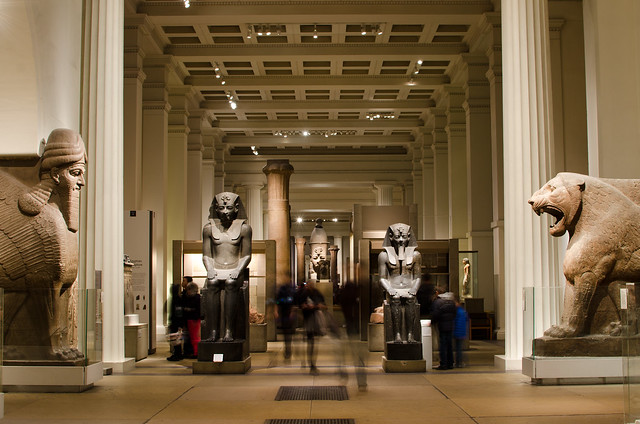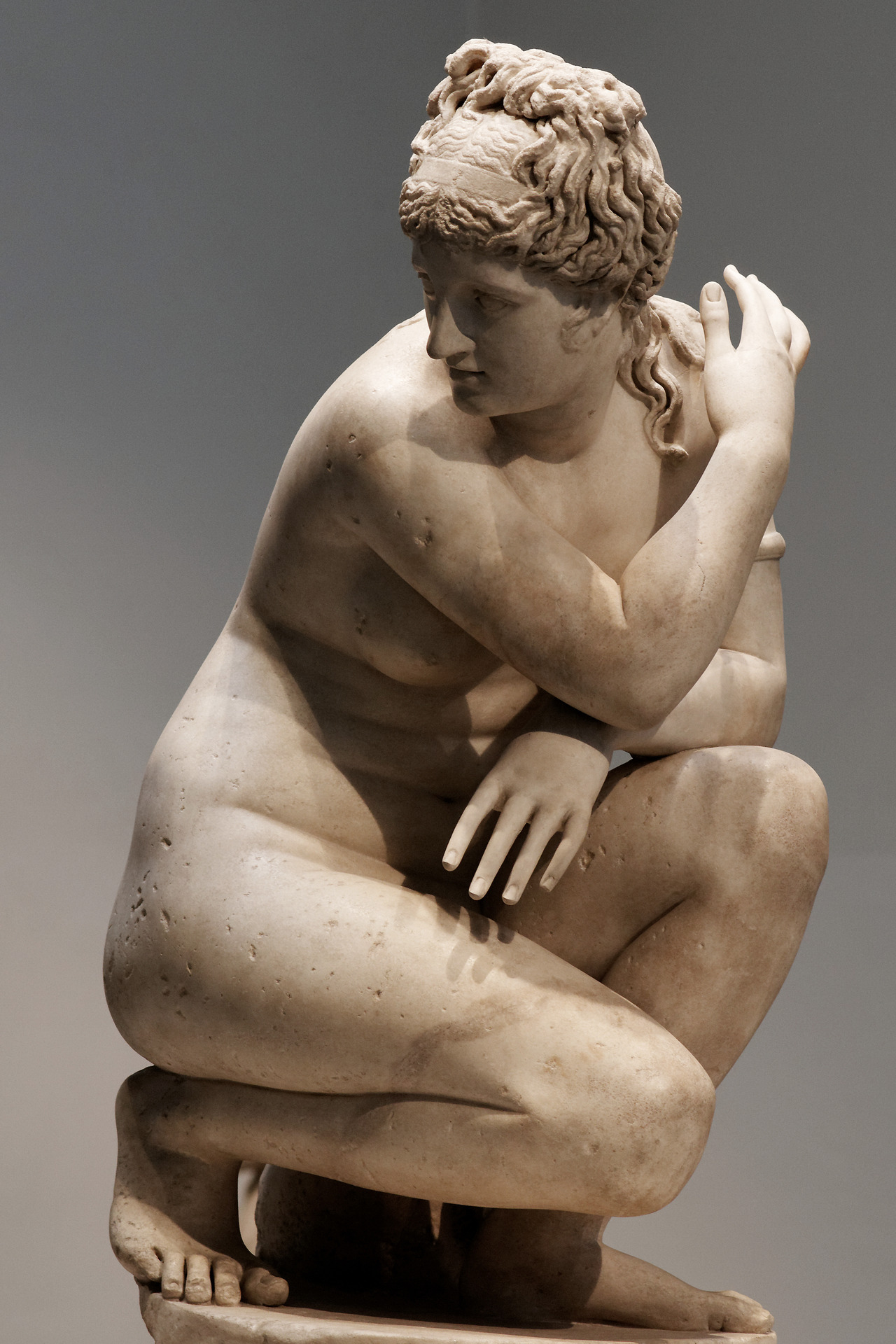Back in New Zealand, Arrowtown was celebrating its 150th anniversary of the discovery of gold. I had written some pieces of theatre which were performed as part of the celebrations, so I went over to see them in action.
My commission from Julie Hughes of the Arrowtown 150 Committee was to provide several vignettes of about five minutes each to be performed in the Chinese Village in Arrowtown. The idea was that actors would pop out of huts or be staged in open areas in groups of 1-3 to bring the people and the experiences of the Chinese miners to life. Originally I was also going to direct these, but as I moved to Australia, this was no longer possible. I recommended Tiffany Menzies to direct them, as I knew she would grasp the concept and do an excellent job.
Part of the brief was to make the pieces positive and not dwell on the negative aspects of the Chinese gold-miners' experiences. This was quite a tall order, as most of the information documents the abuse and discrimination they suffered. As this was largely because of the differences in their culture that many other miners (mainly from European backgrounds) had not previously encountered, I tried to explain some of that.
I also wanted to avoid the ghastly scenario of having non-Chinese actors portray Chinese miners as this would be insensitive and just plain wrong, especially as the Chinese Consulate General Madam Tan was attending. Accordingly I wrote some pieces for non-Chinese and female actors as well, as I knew there might be difficulties in finding sufficient Chinese actors to play the parts. I incorporated elements of humour, fact, fiction and many aspects of the local life that I gathered from extensive reasearch, while injecting as much colour as possible. The pieces are all under copyright and cannot be performed without my permission.
The Welsh Wordsmith was there, reading the Arrow Observer on the toilet - in situ, as it were. The stone outhouse is all that's left of Ah Wak's store in the Chinese Village. The store itself, which was made of wood, burned to the ground in 1905. This lavatory is one of only four Chinese Sites on the Historic Places Trust's Register for Otago. He was improvising so this was nothing to do with me. It was, in fact, all his own work.
These images are of Kay performing Fruit and Veg. This piece was inspired by anecdotal memories of Ah Lum: "He wore long flowing robes, and walked into Arrowtown on Saturday morning followed by several 'coolies' carrying baskets of ginger and other vegetables slung on carry/ bamboo poles to sell to the European folk." The vegeatables he grew, apparently, were cabbage, peas, potatoes, corn, gooseberries and strawberries.
The piece is about the difference in attitude towards health and medicine - using fruit and vegetables for their natural holistic properties. Also there is a connection between the physical aspect of the vegetable and its purported healing properties - for example, the cabbage looks and feels like a brain and supposedly sharpens the brain, calms the mind, and removes irritability. This is a tenet of Chinese medicine which was totally unfamiliar at the time.
Weighing In was performed by Paul Halsted and David Oakley. It's written for two none-so-bright gold-miners in a sort of Pete & Dud/ Alas Smith & Jones style, as I suspected there would be a shortage of Chinese actors. It incorporates oral tales from the archive of the Lakes District Museum about searching for gold and trying to supplement income.
.jpg) |
| Paul Halsted performing in Weighing In |
.jpg) |
| David Oakley performing in Weighing In |
Zee performed the role of Ah Lum in Village Store. I wrote this piece as a fairly cheesy verse of rhyming couplets, describing a number of food and other items mentioned in anecdotal accounts of his store, including "Chinese teas, rice, pickled lemons, ginger, opium, gambling pieces, medicines, smoking accessories". Among the relics of tent dwellers, archeologists discovered sardine and jam tins, gin and brandy bottles, which are woven into the poem.
.jpg)
This was a fabulous spectacle, and much credit must go to Tiffany, all the actors, and the Arrowtown 150 Committee. Congratulations all!
.jpg)
.jpg)
.jpg)
.jpg)
.jpg)
.jpg)






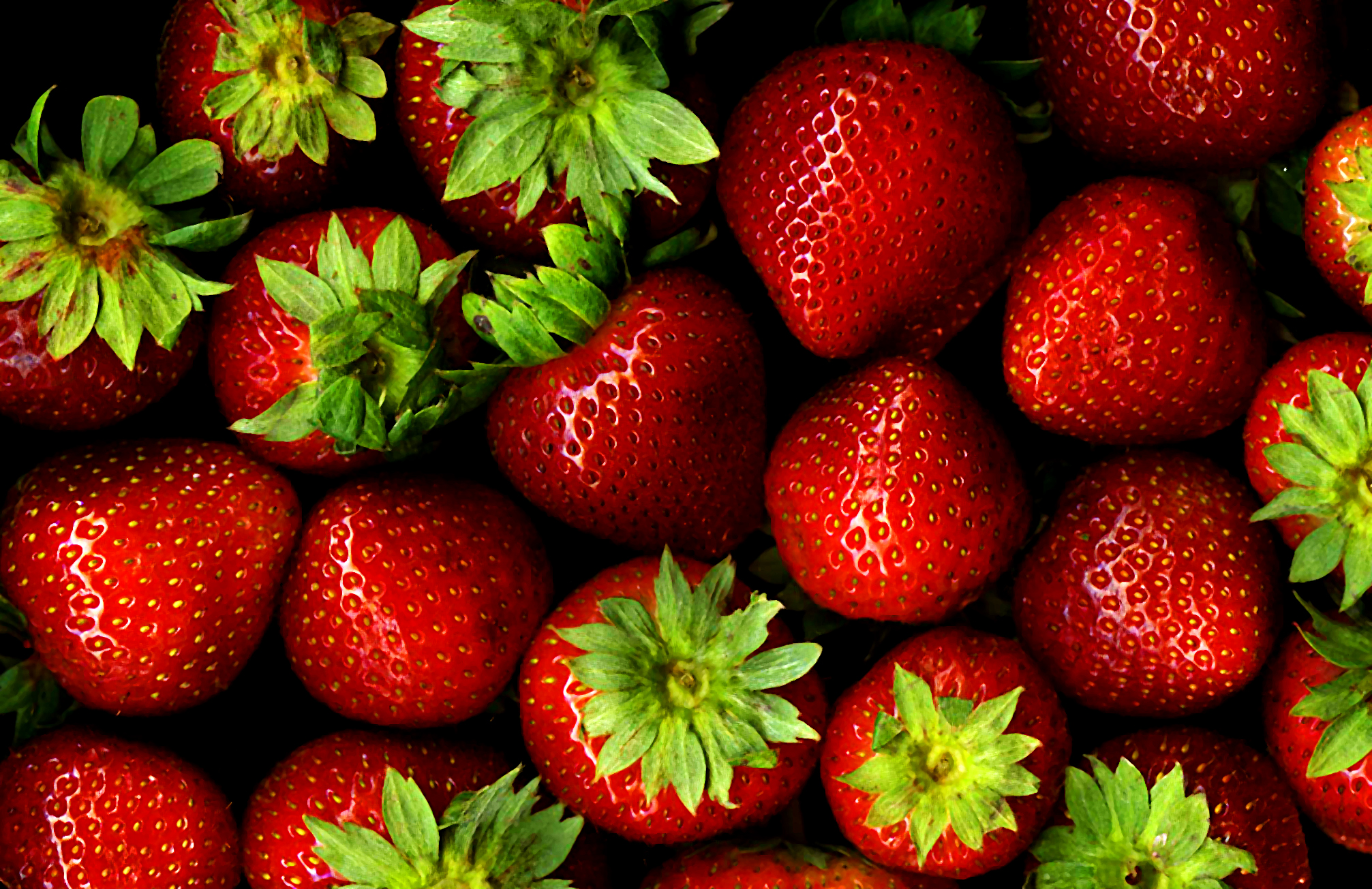









.jpg)
.jpg)
.jpg)
.jpg)
.jpg)
.jpg)
.jpg)
.jpg)
.jpg)

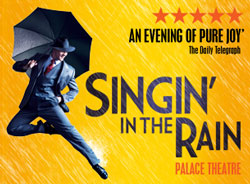
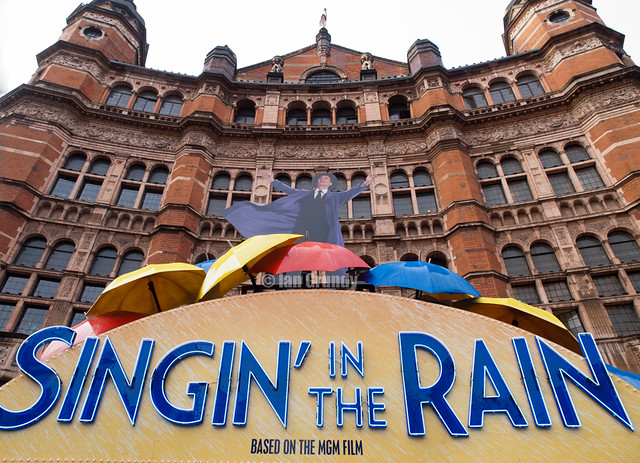



+in+Singin'+in+the+Rain+at+the+Palace+Theatre.+Photo+credit+Manuel+Harlan.jpg)







